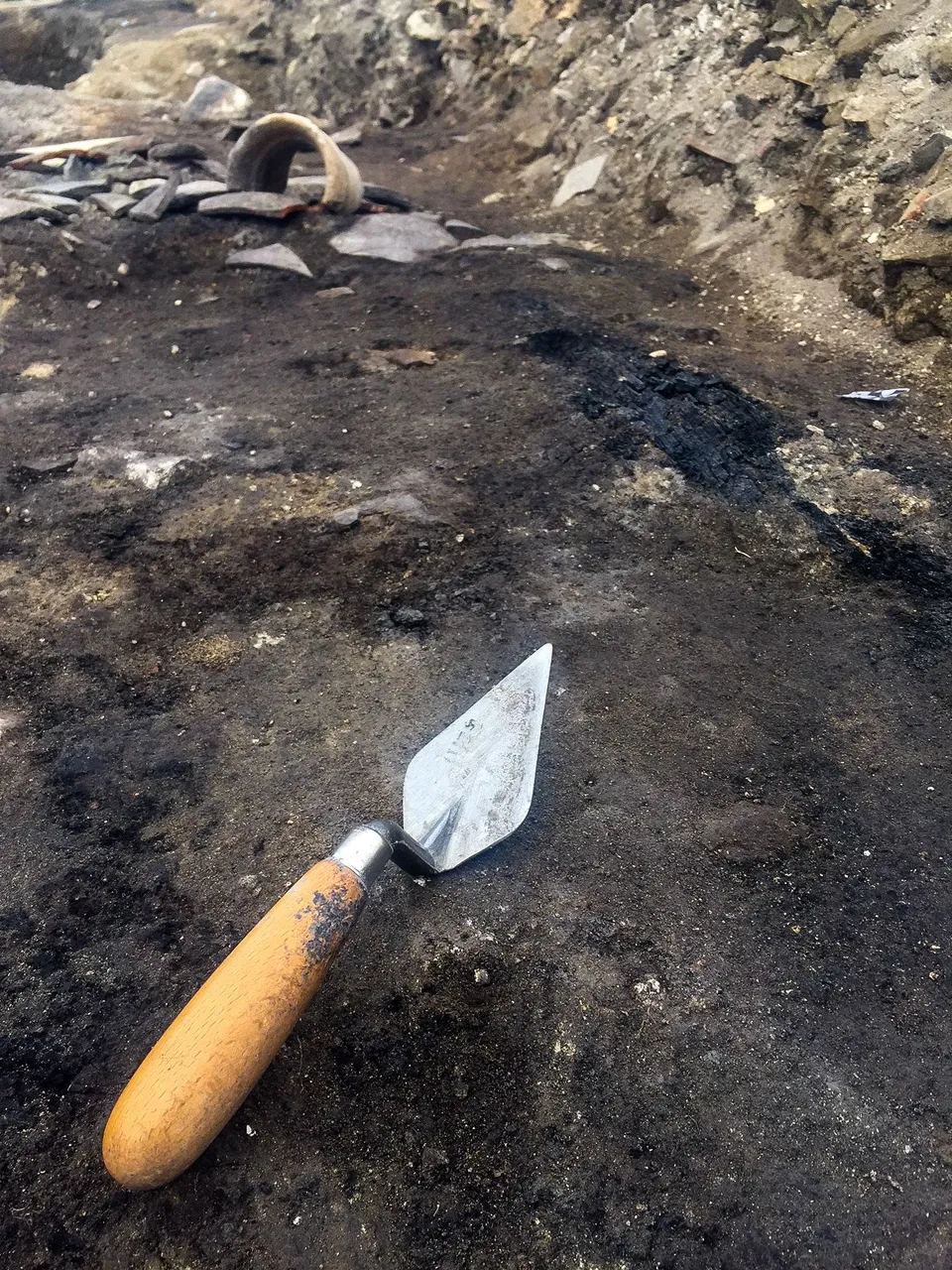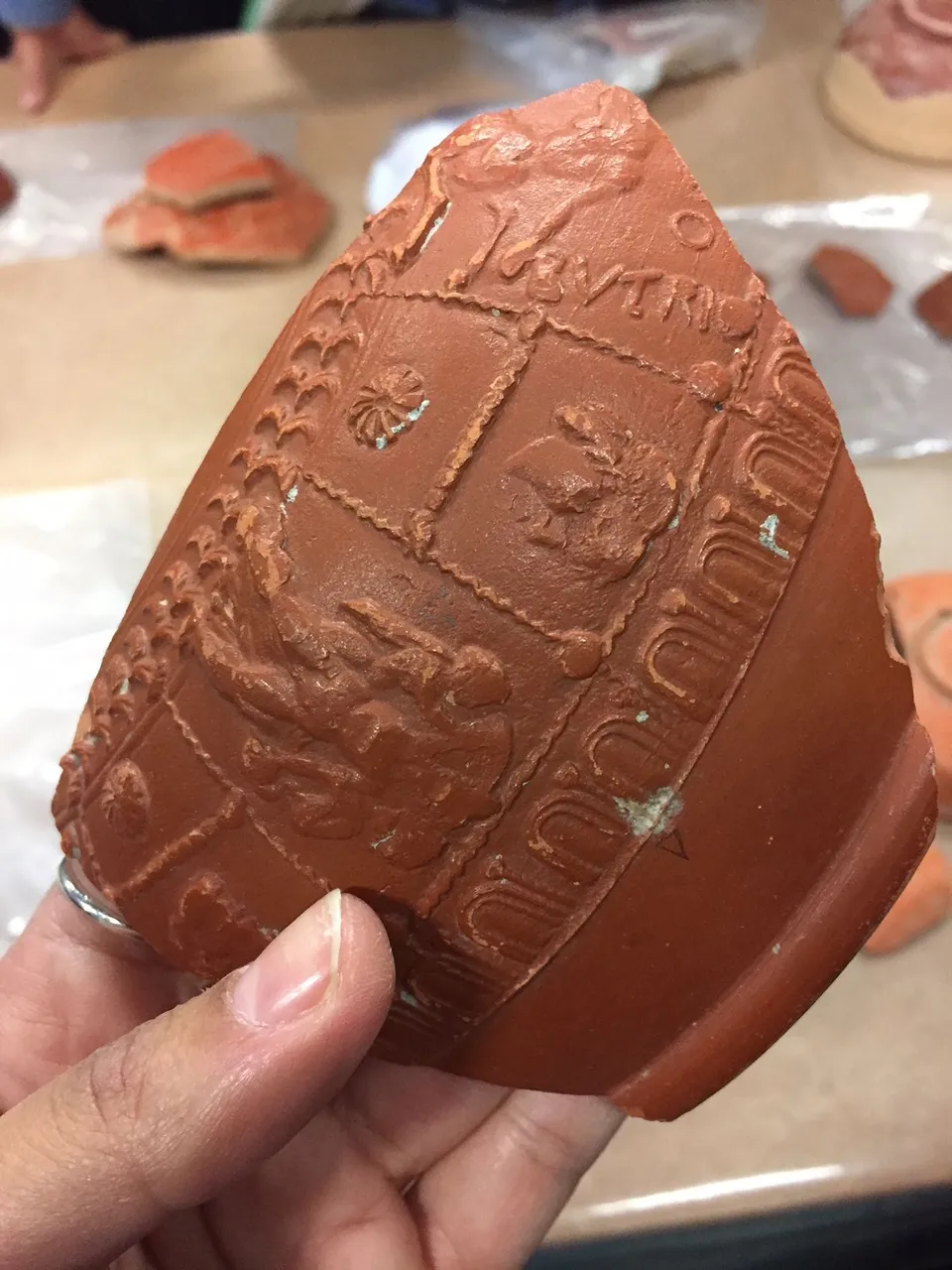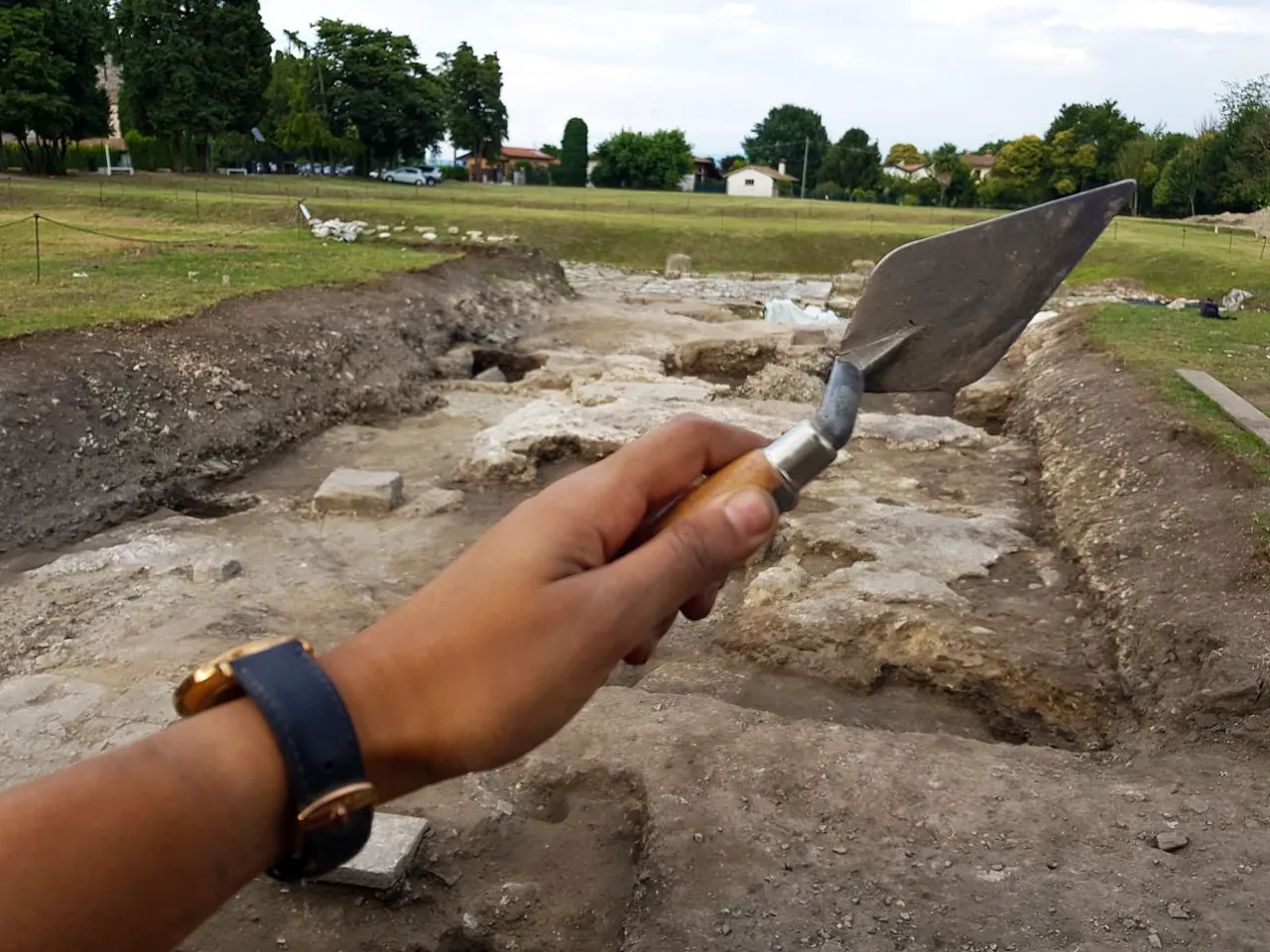
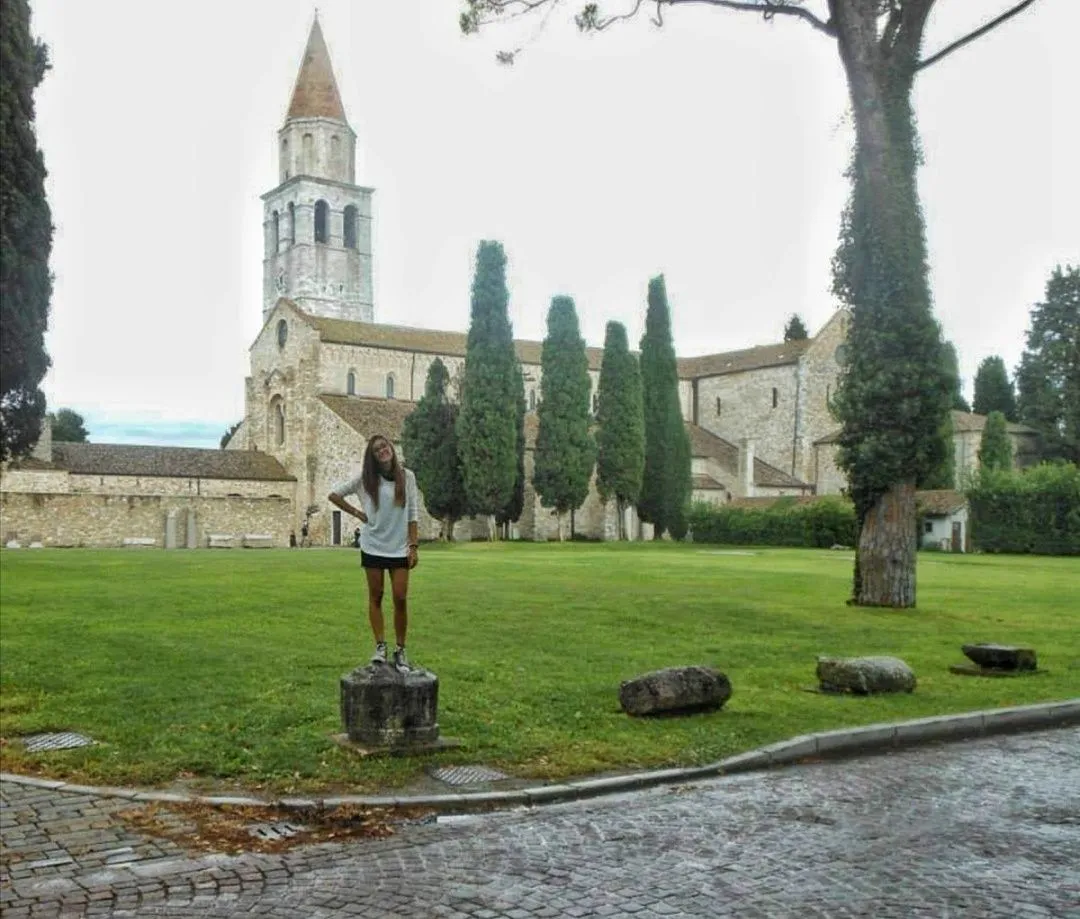
Ciao a tutti e Felice Pasqua, oggi vorrei parlarvi della mia esperienza di scavo con l'Università di Verona ad Aquileia. Come vi ho già detto sono un'archeologa e nell'estate del 2019 ho eseguito una campagna di scavo proprio in questa città con l'Università di Verona. Parlerò un po' di quello che è stato indagato ma anche della città di Aquileia, ricca di numerose bellezze sia archeologiche che medievali. Sono stata ad Aquileia per ben tre volte, una volta con la mia famiglia e le altre due con l'Università. Credo che sia una città poco conosciuta, ma veramente molto interessante dal punto di vista storico e archeologico.
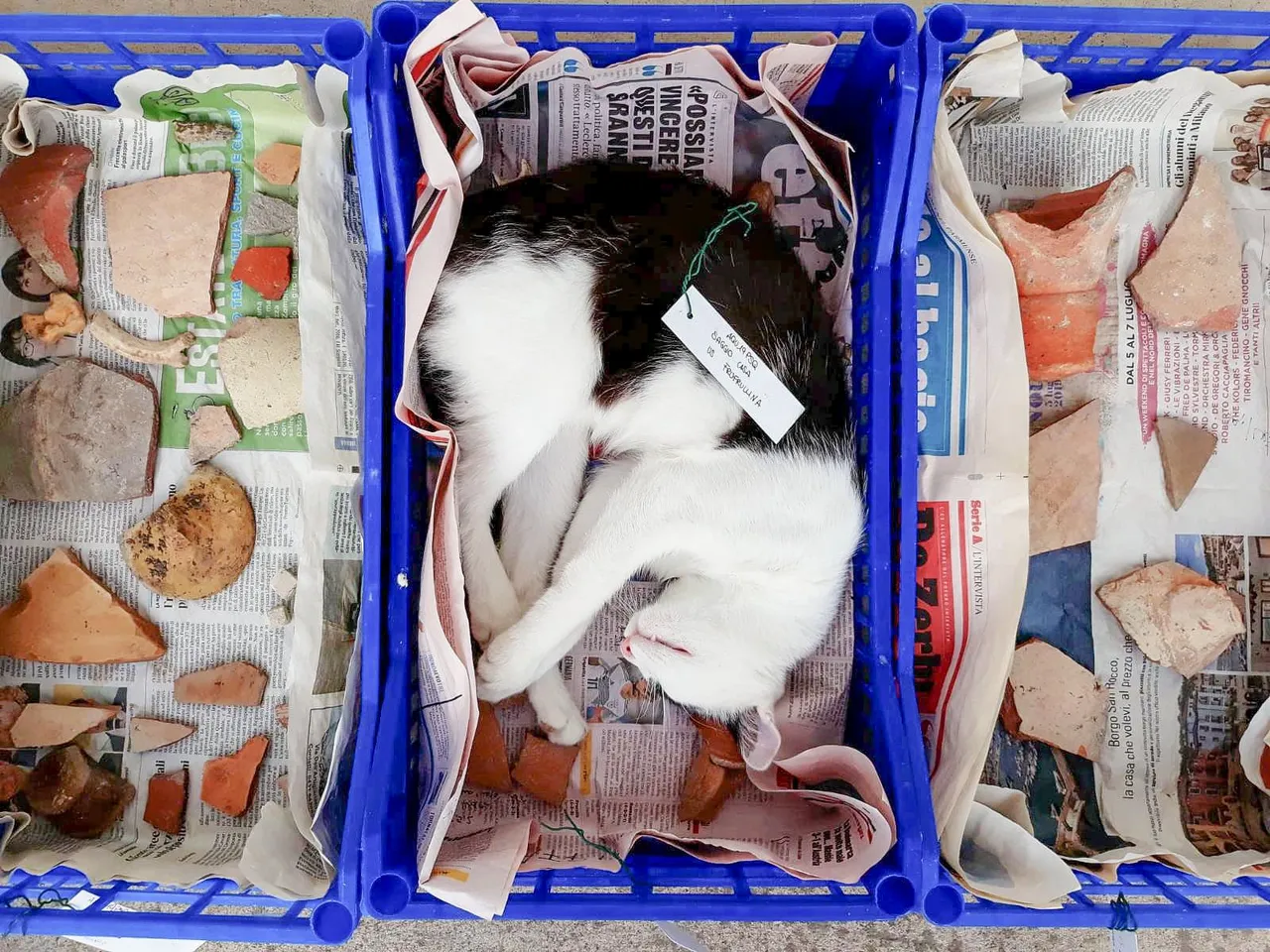
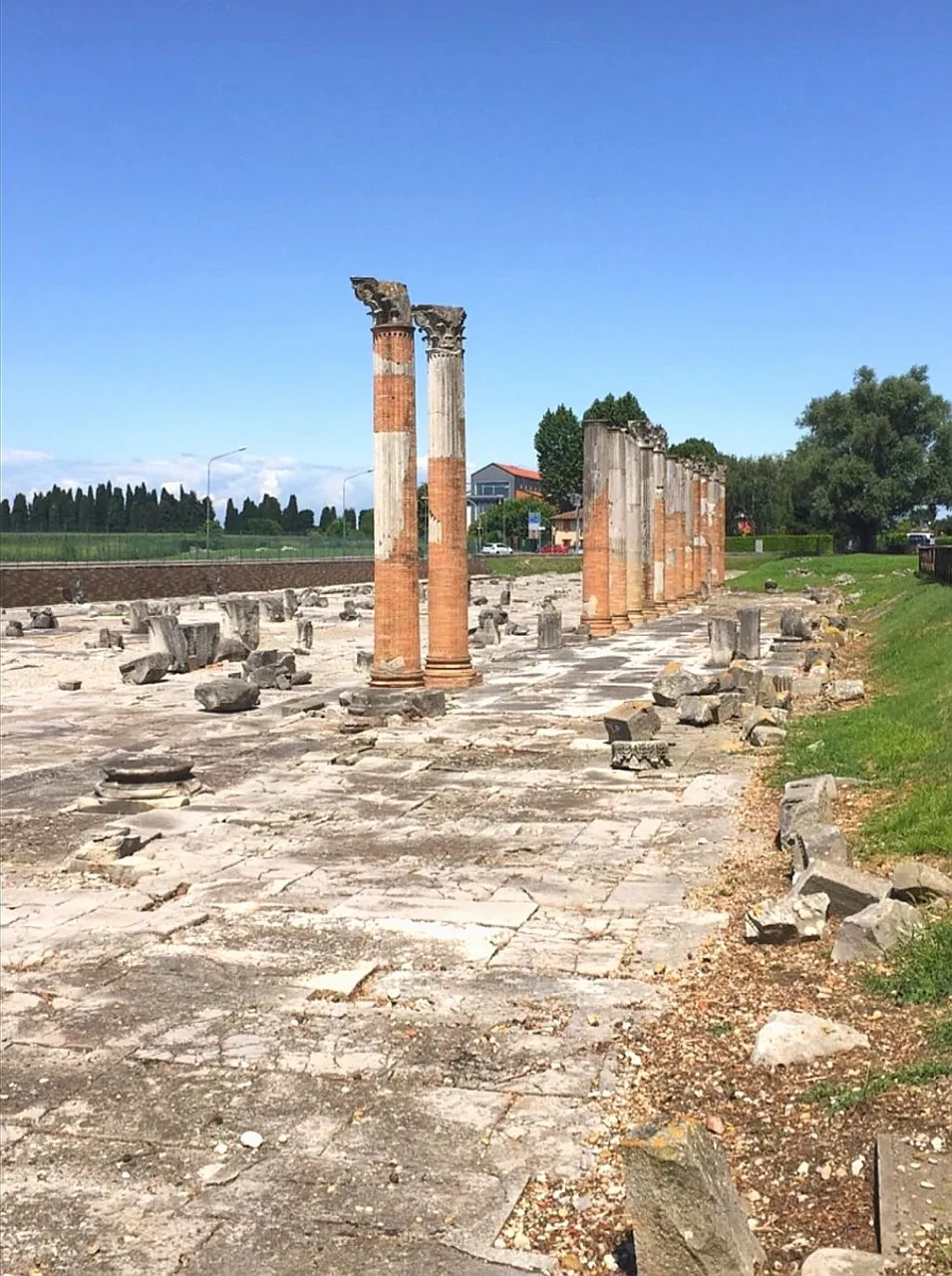
Some historical notes ✏️
Fondata intorno al 181-180 a.C. durante il periodo della Repubblica Romana , Aquileia era un'antica città romana situata sulla punta del mare Adriatico sul fiume Natissa a ovest della provincia romana dell'Illiria. La posizione di Aquileia all'incrocio della Via Postumia con le strade a nord e ad est delle province romane di Illyria, Pannonia e Norico favorì la sua rapida crescita come centro commerciale oltre che militare. Era il porto per eccellenza per il commercio verso est e questo lo testimoniano non solo i resti del grande porto fluviale, ma anche il ritrovamento di numerosissime anfore vinarie e olearie.La sua magnificenza durò fino al 452 d.C. quando fu conquistata dagli Unni guidata da Attila. Nei secoli a venire, con l'avvento del cristianesimo Aquileia divenne un centro di organizzazione ecclesiastica e per volere del vescovo Massenzio (811-838) fu iniziata la costruzione della Basilica patriarcale, completata dopo oltre due secoli nel 1031.
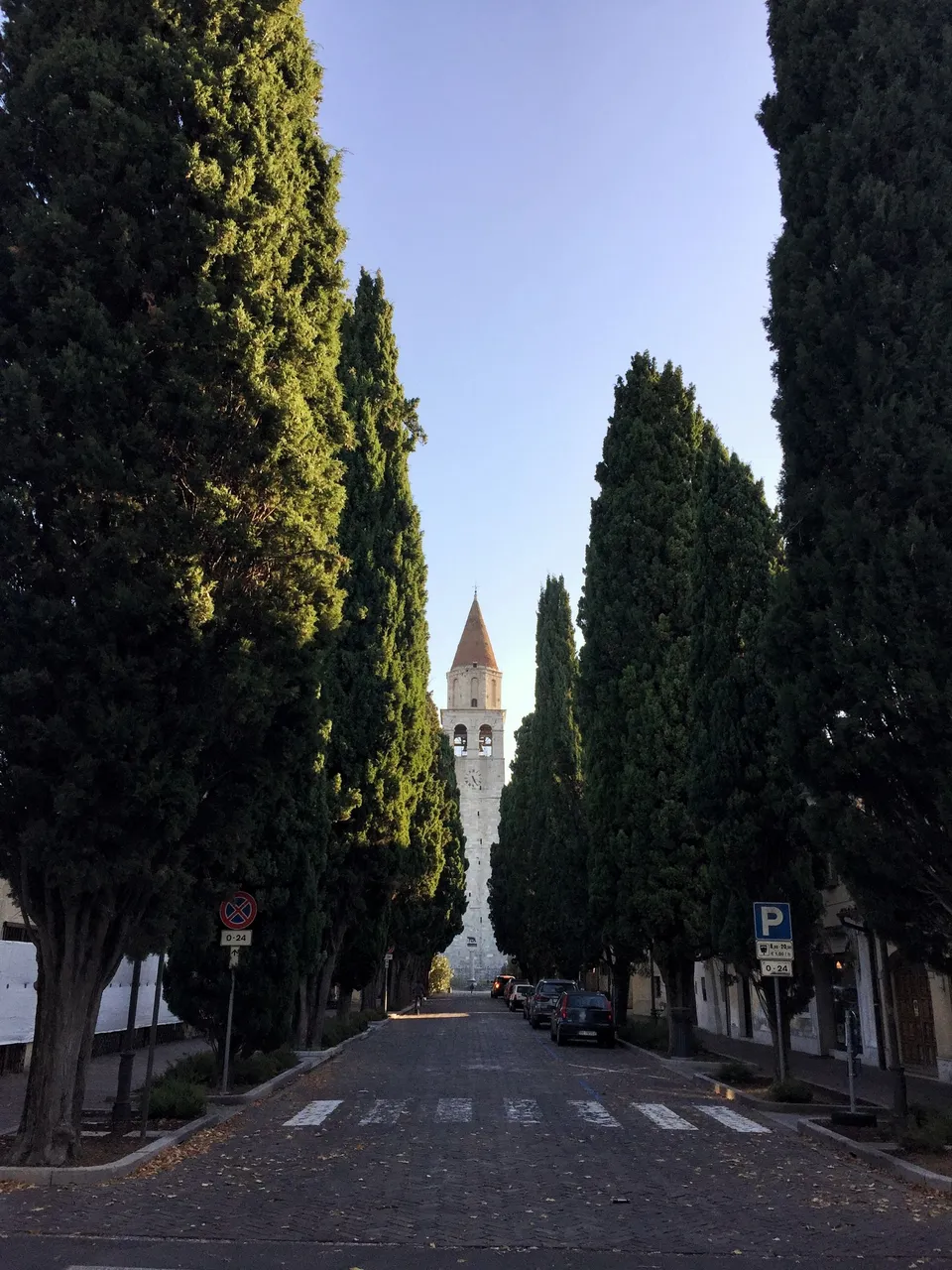
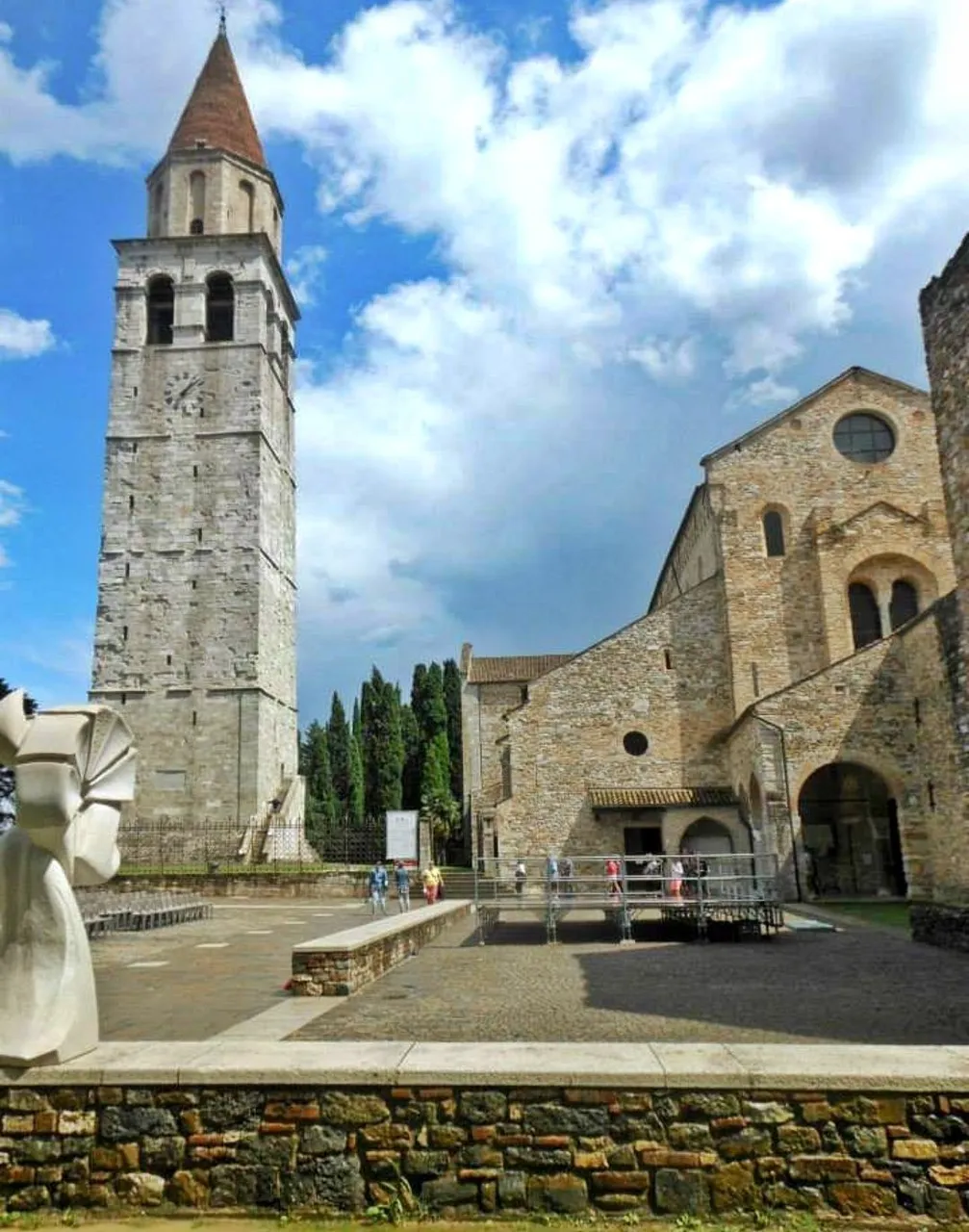
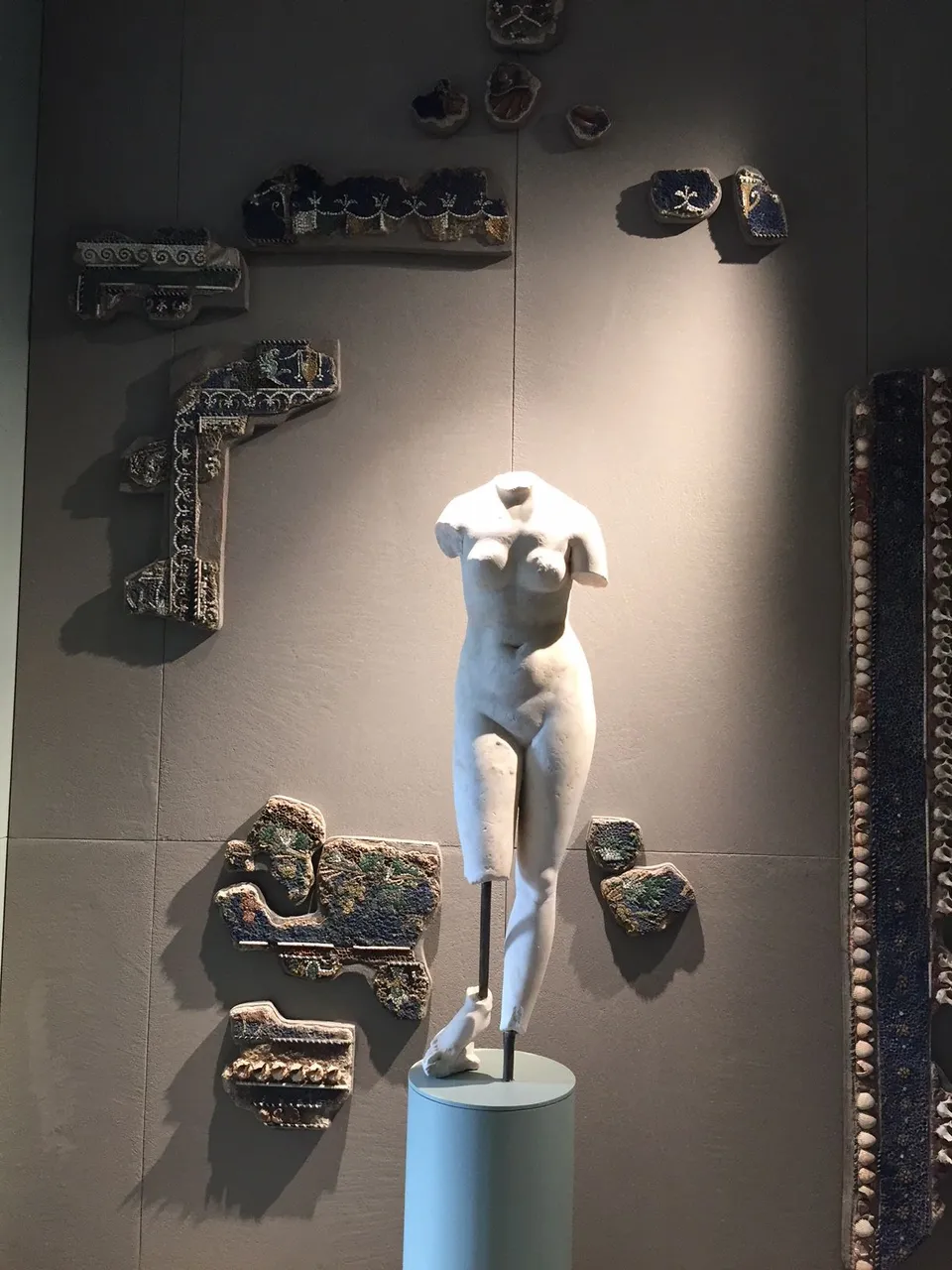
Questa meravigliosa località custodisce un significativo patrimonio archeologico, esplorabile attraverso i tre musei della città: il Museo Archeologico Nazionale (con molti documenti risalenti all'epoca romana, produzioni artigianali e reperti della città antica), il Museo Paleocristiano (dove si trovano le rovine di si conserva un grande edificio ecclesiastico) e il Museo Civico del Patriarcato (a tutela di reliquiari sacri in legno e metallo).
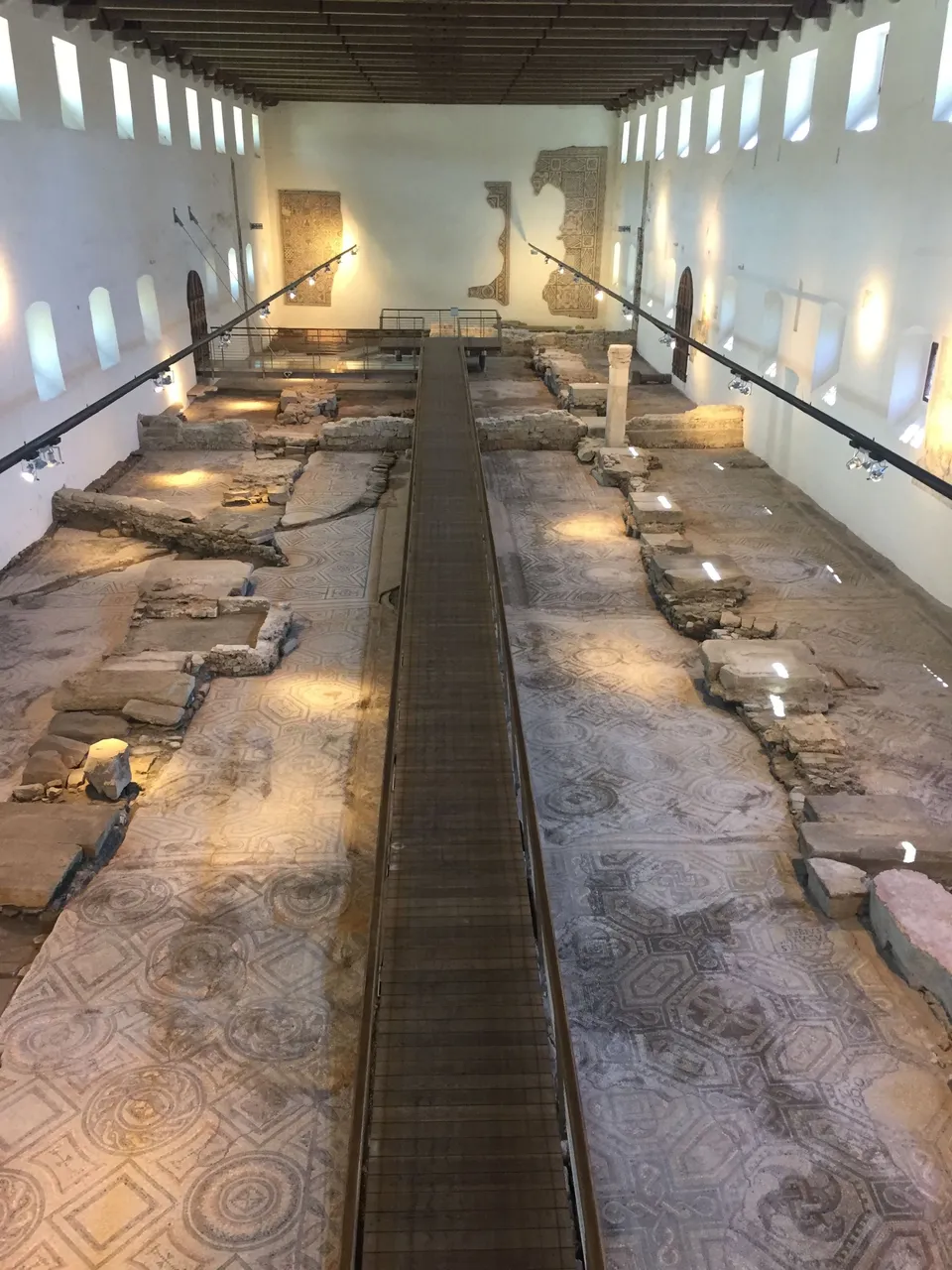
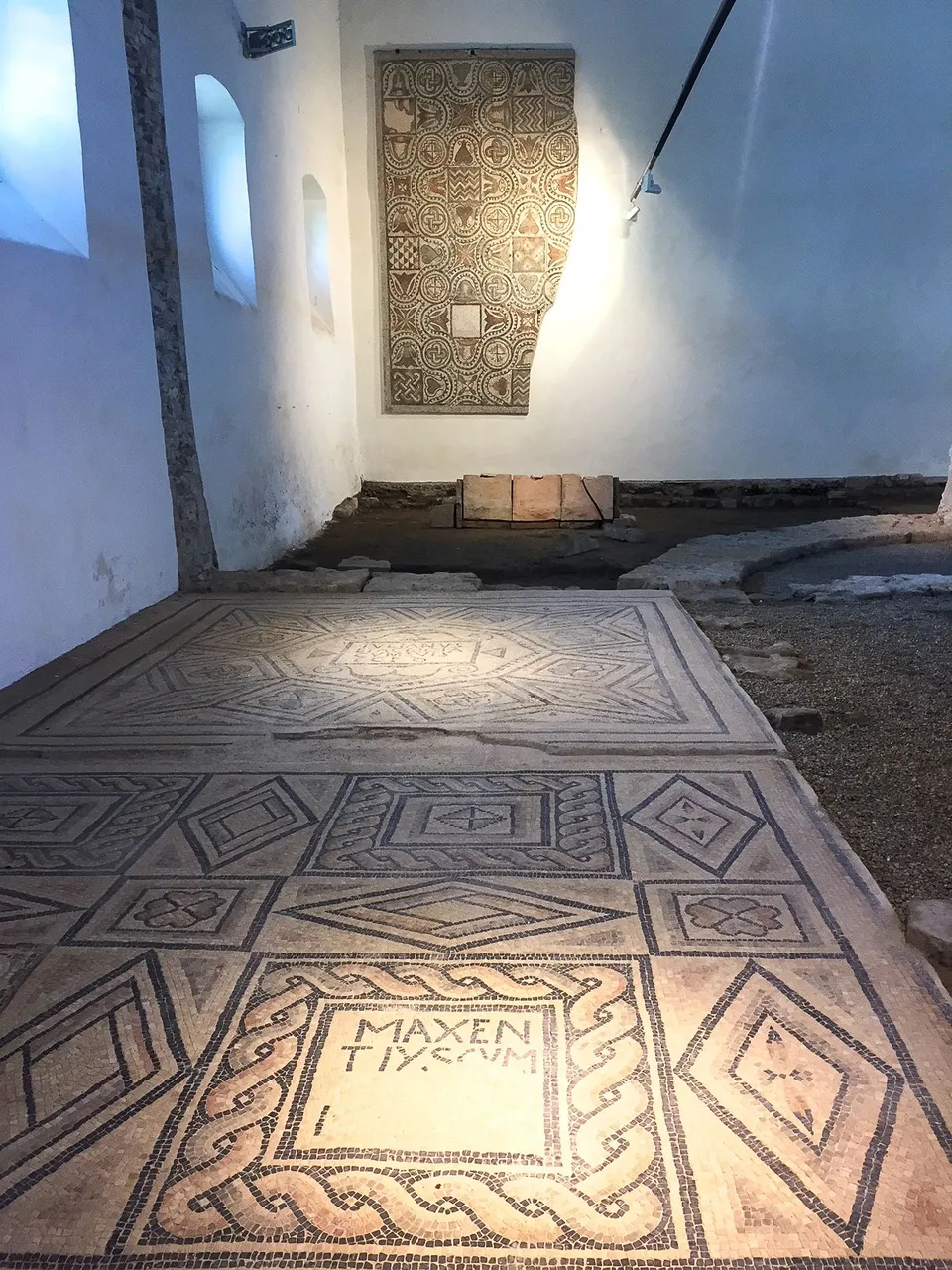
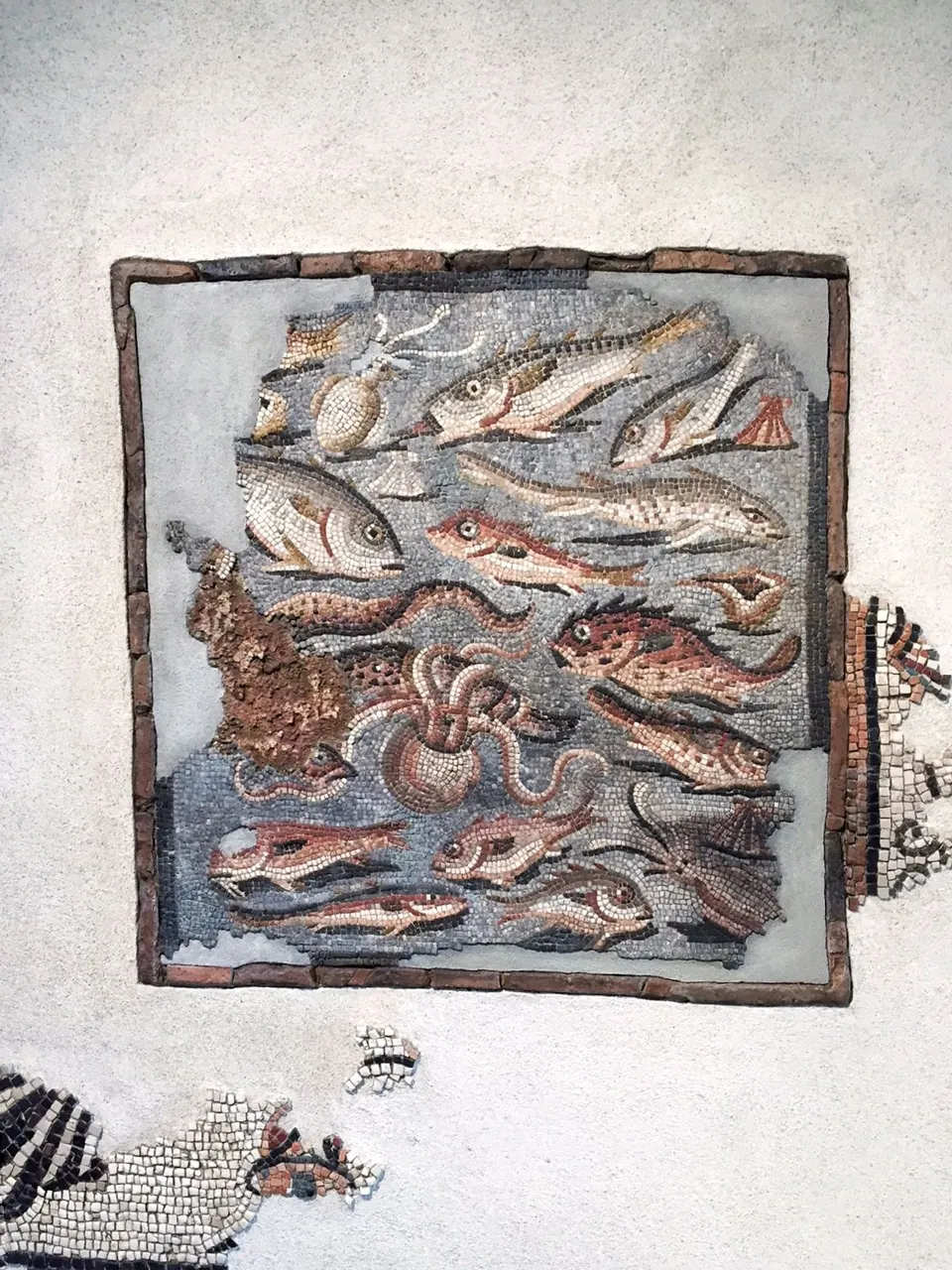
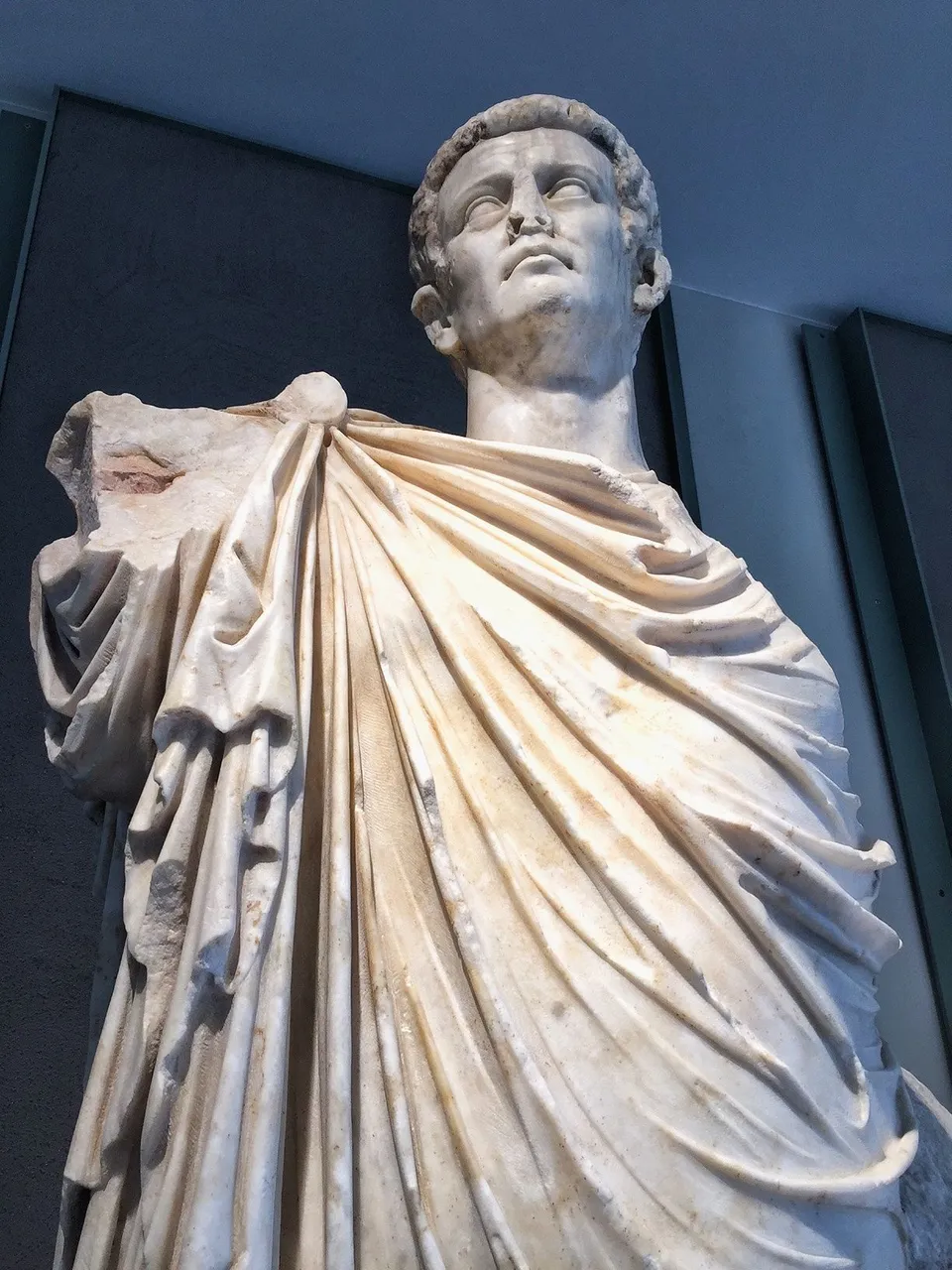
The excavations of the University of Verona

With the University of Verona, we have carried out an excavation campaign of about a month, in the area located in the south of the basilica, known as the "ex fondi Pasqualis", where excavations conducted in 1953-54 brought to light parts of the markets and of the late antique city walls. Our task was to broaden the research and investigate new areas not yet excavated, in fact we were able to bring to light a new market square, and to find, in the area of the walls, probably connected to the river, a wooden quay still well preserved perhaps used for the loading and unloading of goods.
Con l'università di Verona, abbiamo attuato una campagna di scavo di circa un mese, nell'area posta nel sud della basilica, nota come "ex fondi Pasqualis", dove gli scavi condotti nel 1953-54 portarono alla luce parti dei mercati e delle mura tardoantiche della città. Il nostro compito era quello di ampliare le ricerche e di indagare nuove zone non ancora scavate, siamo riusciti infatti a portare alla luce una nuova piazza del mercato, e a ritrovare, nella zona delle mura, probabilmente collegata con il fiume, una banchina in legno ancora ben conservata forse utilizzata per il carico e lo scarico delle merci.
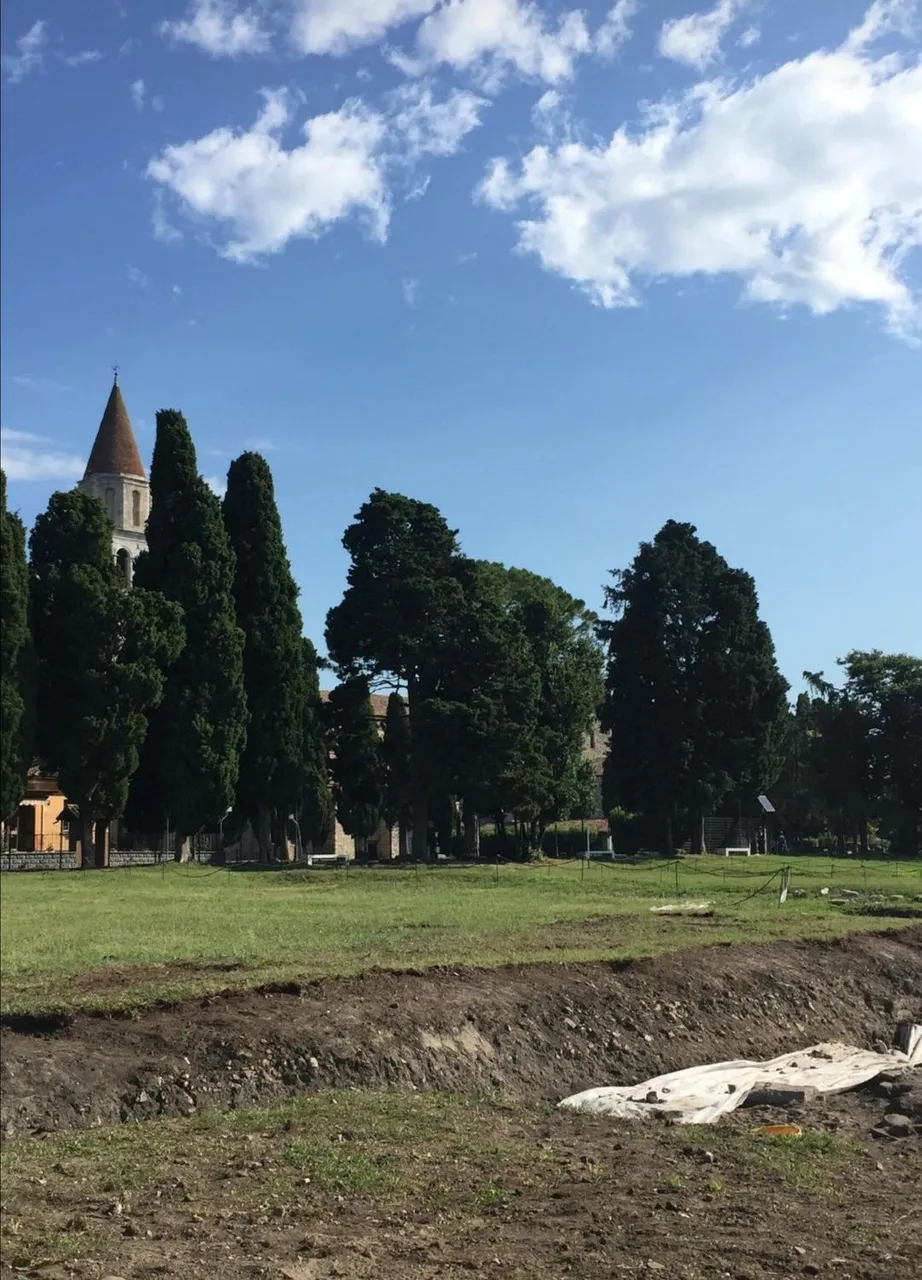
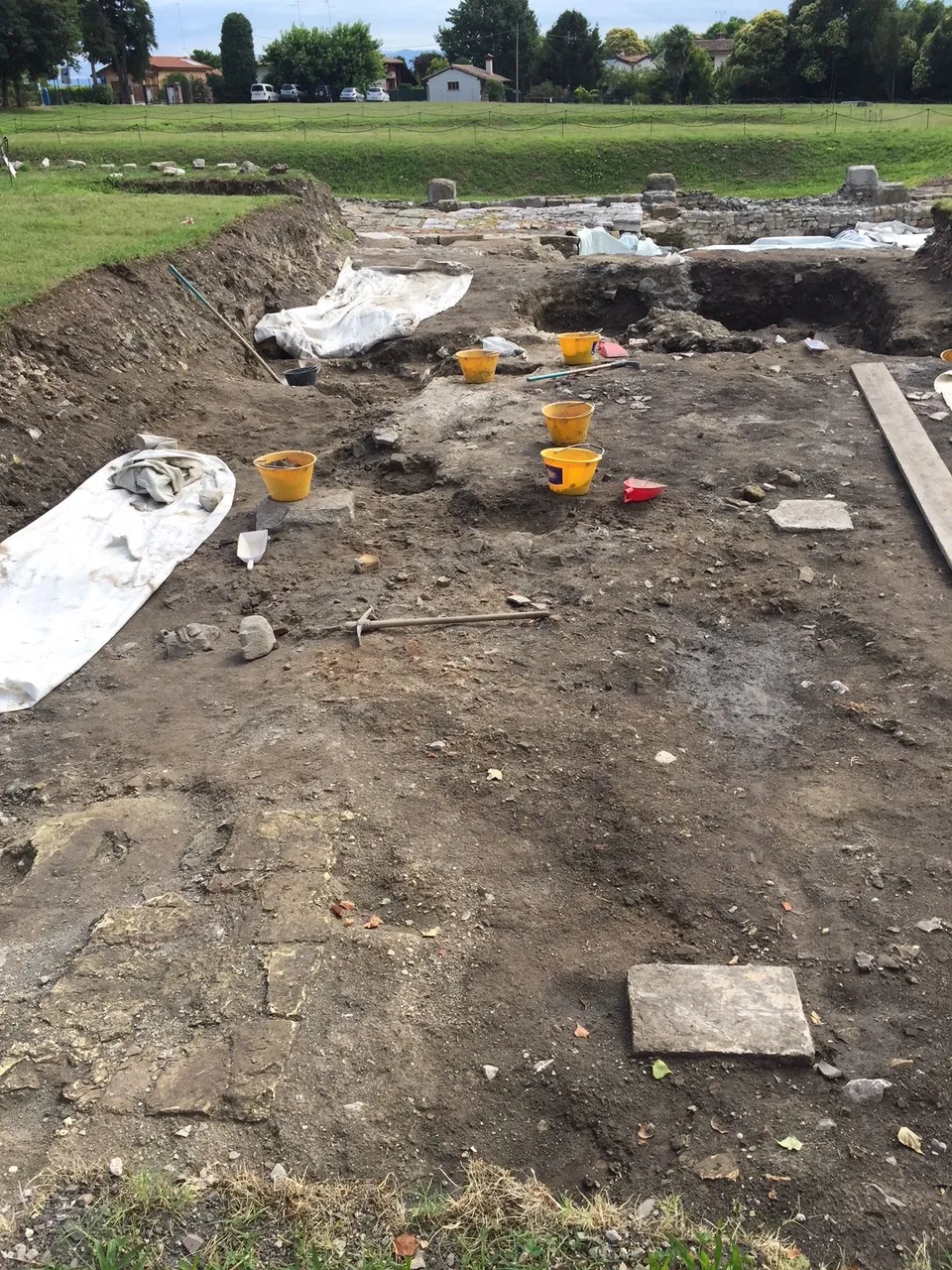
Also of great interest are some traces of everyday life, which allow the structural remains to be "populated": these are regular collections for games with pawns that can be observed on the side curb to the pavement, proving that in the square and in the related shops and stalls not only did they sell and buy, but also stopped and spent time playing and chatting with other customers and that therefore these markets were places of meeting and sociality of central urban importance. Together with the other two squares in sight in the area, this new acquisition attests the vitality of the entire commercial complex, which, located immediately south of the basilica, was the beating heart of the economic and social life of late antique Aquileia.
Di grande interesse sono anche alcune tracce di vita quotidiana, che permettono di “popolare” i resti strutturali: si tratta di incassi regolari per giochi con pedine che si osservano sul cordolo laterale alla pavimentazione, a riprova che nella piazza e nelle botteghe e bancarelle correlate non solo si vendeva e comprava, ma anche si sostava e passava del tempo a giocare e chiacchierare con altri avventori e che dunque questi mercati erano luoghi di incontro e di socialità di centrale importanza urbana. Assieme alle altre due piazze in vista nell’area, questa nuova acquisizione attesta la vitalità dell’intero complesso di carattere commerciale, che, posto immediatamente a sud della basilica, costituiva il cuore pulsante della vita economica e sociale dell’Aquileia tardoantica.
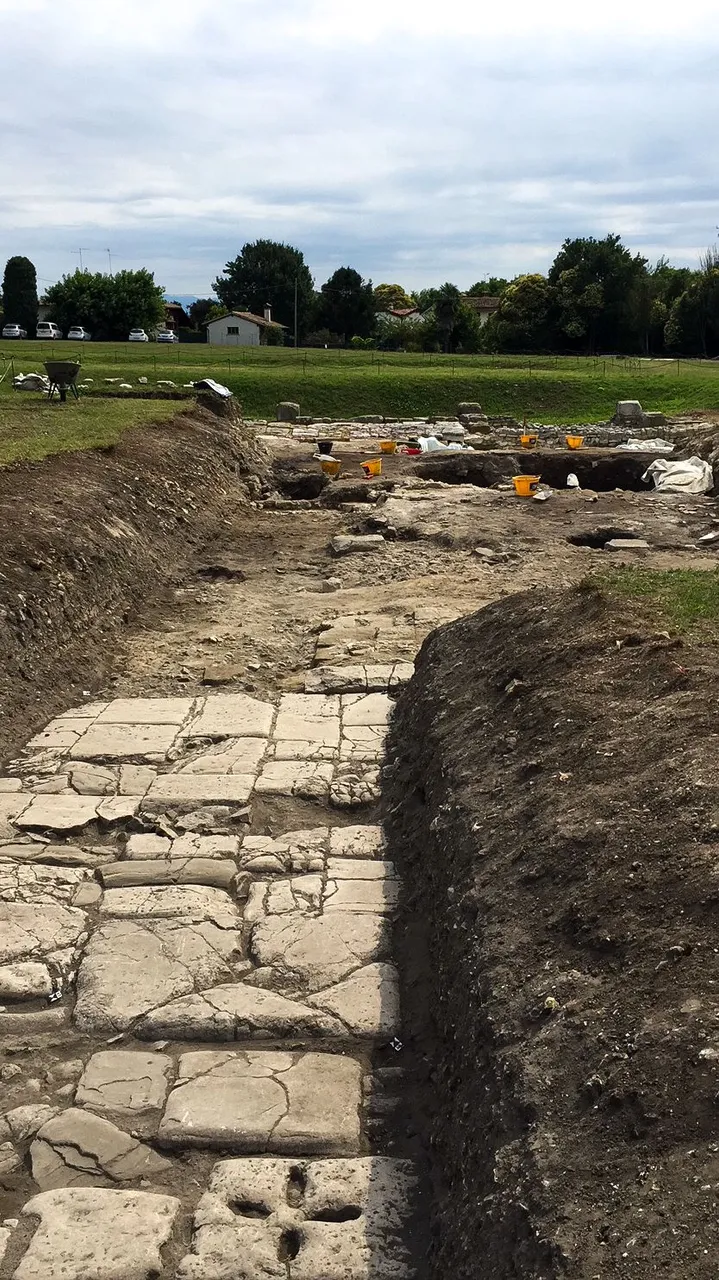
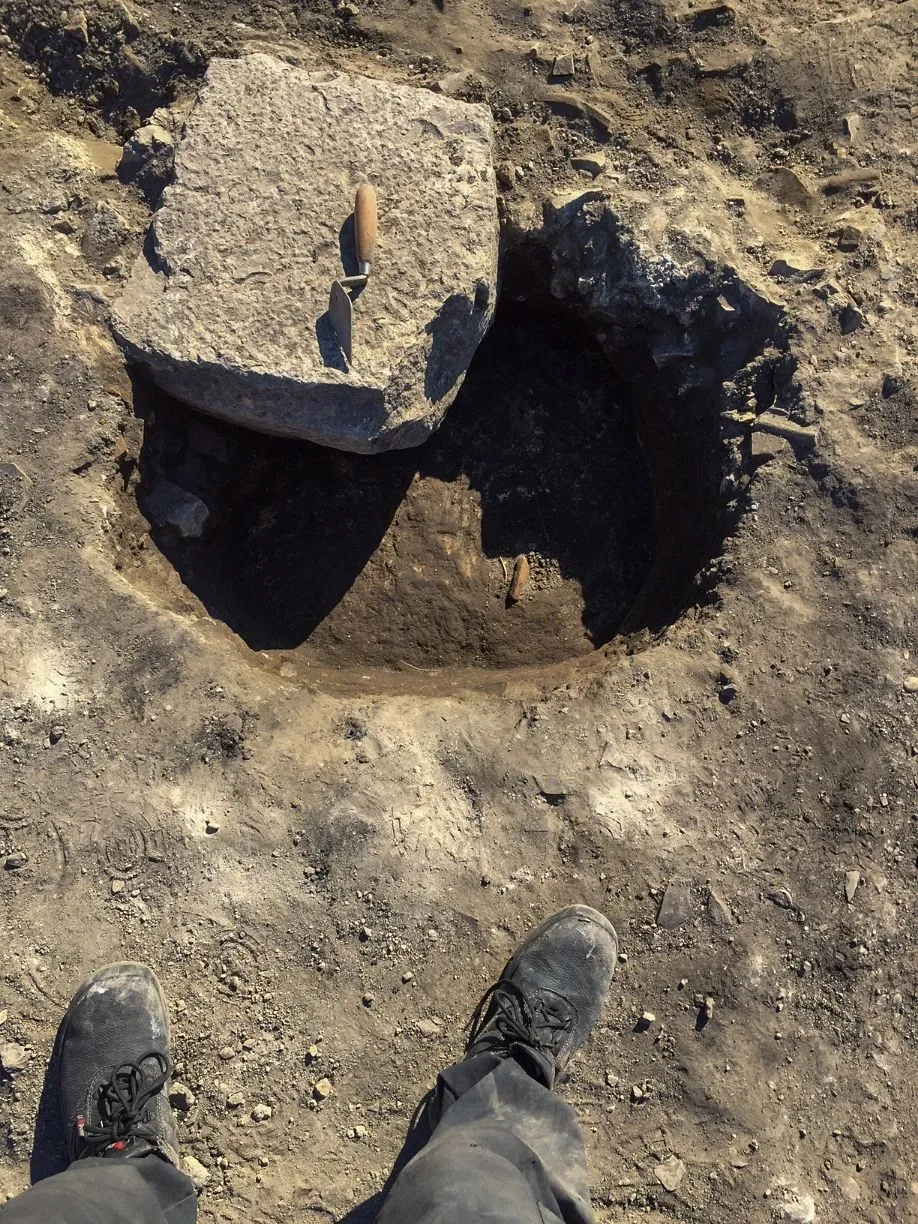
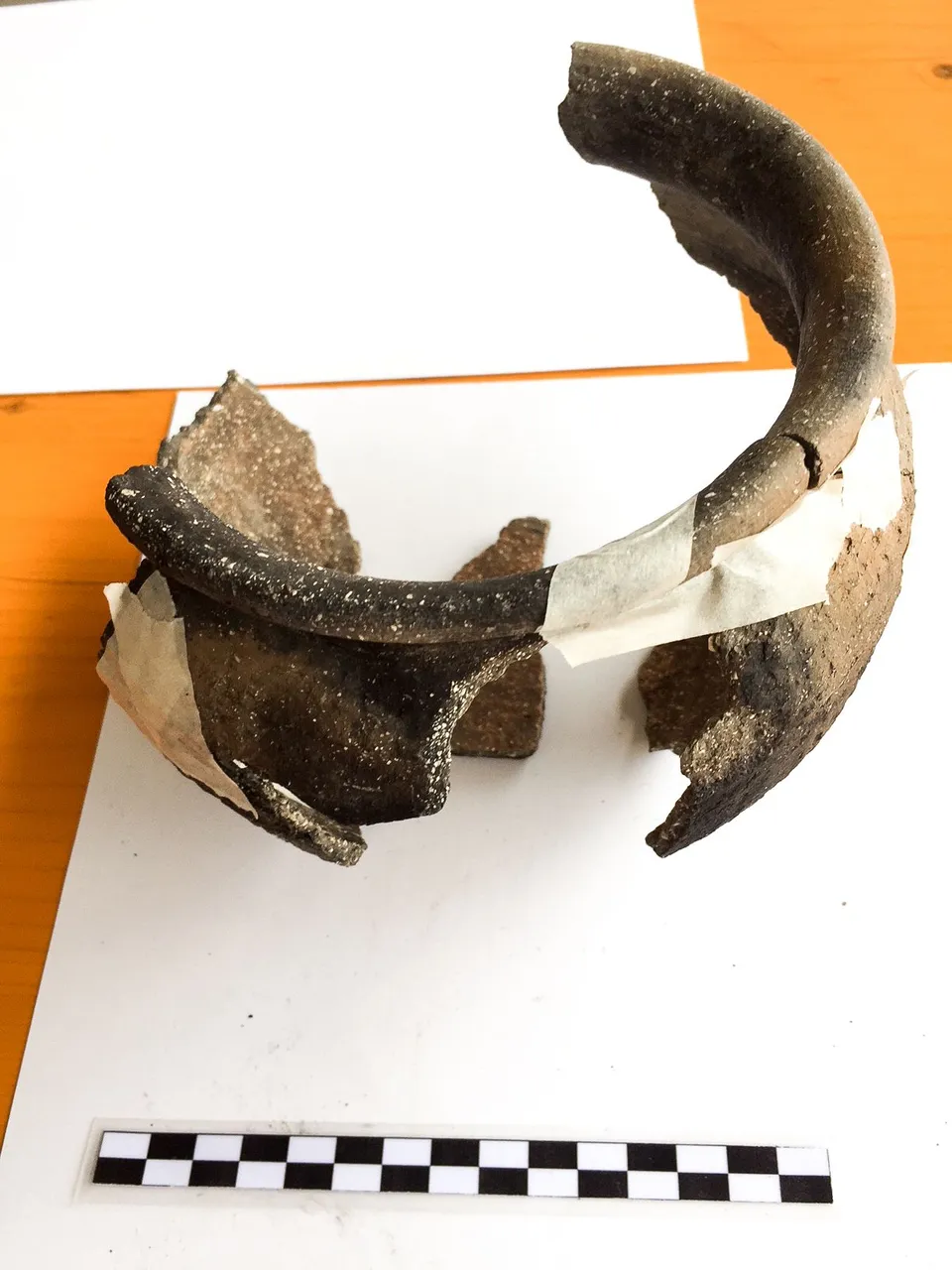
The analysis of the materials found such as coins, carbonaceous elements and ceramics will then allow to define the dating of the finds.
Hoping to have intrigued you.
I look forward to seeing you in the next article!
Chiara
L'analisi dei materiali rinvenuti come monete, frustoli carboniosi e ceramica consentirà poi di definire la datazione dei ritrovamenti.
Sperando di avervi incuriosito.
Vi aspetto al prossimo articolo!
Chiara
